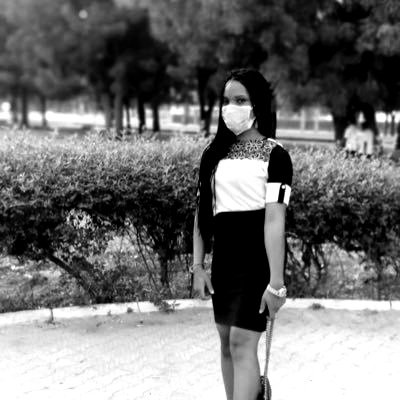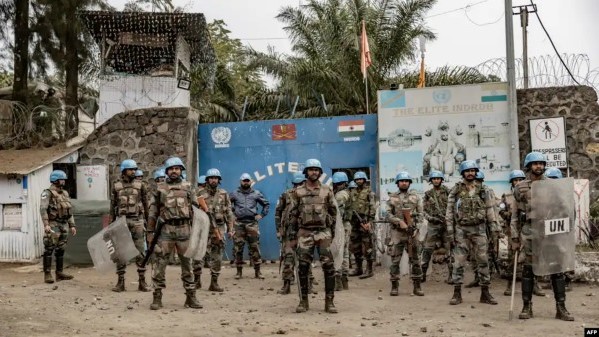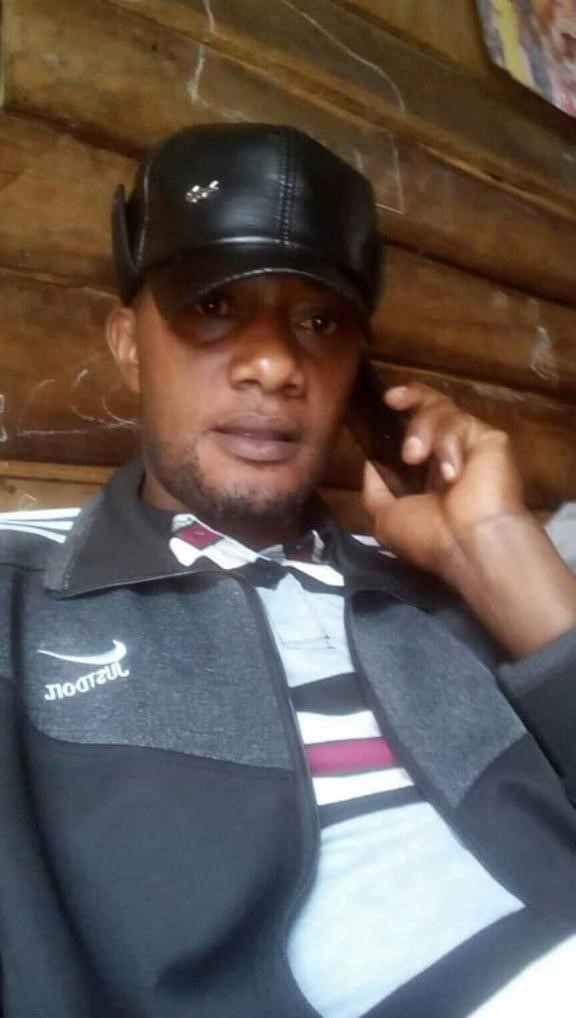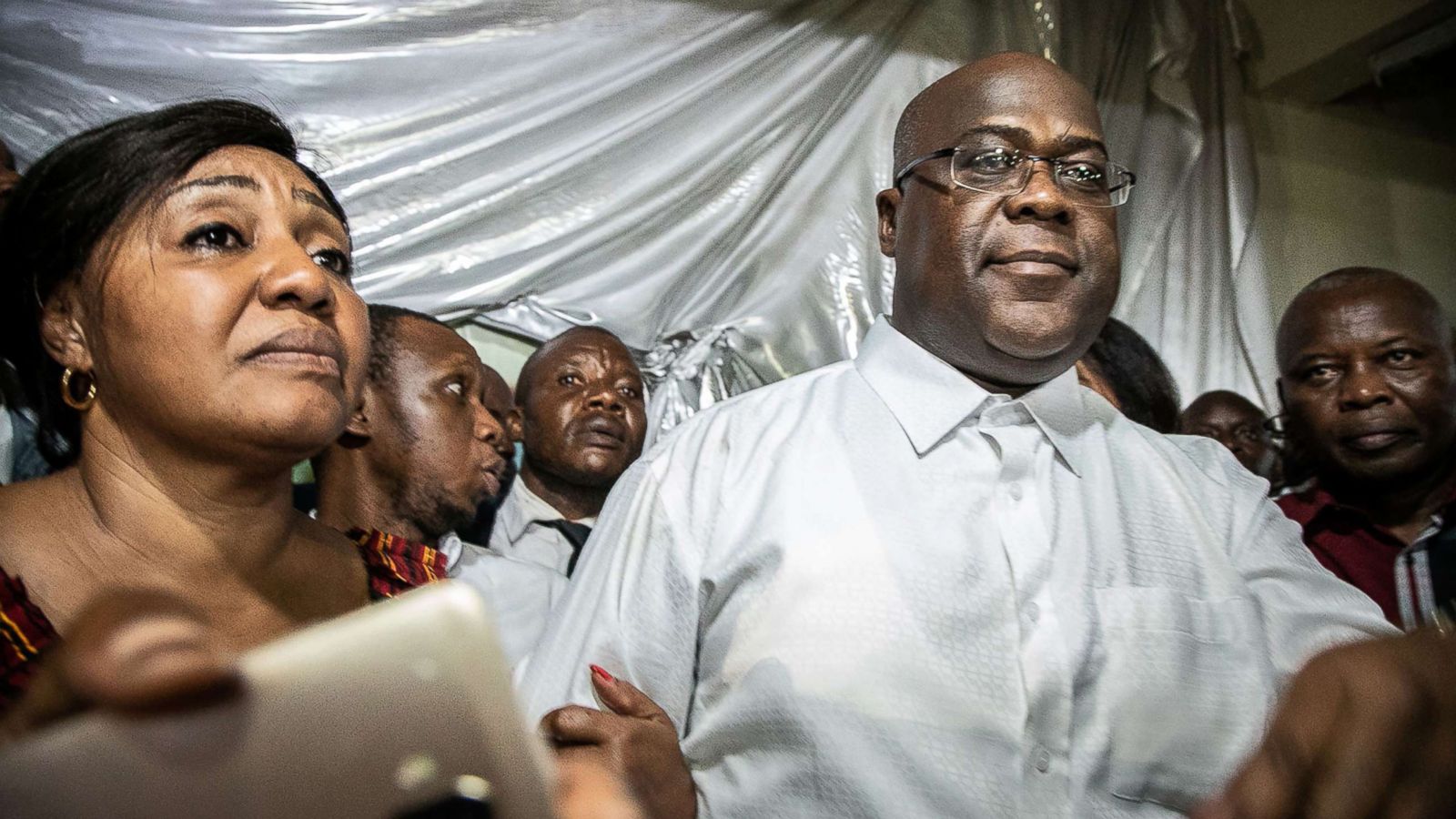Regional
How DRC's relationship with Rwandan genocidal forces begun
.jpeg-20230326115316000000.jpeg)
Close
to three decades after the 1994 Genocide against the Tutsi in Rwanda, some of
the perpetrators of the genocide are still wreaking havoc in neighboring DRC
where they terrorize the local population and continue profiting from the country’s
natural resources.
But why,
or how, has this genocidal militia group -FDLR- survived in eastern DRC for
nearly three decades despite all of its crimes against humanity? Who protects
it?
The
answer is simple.
The
FDLR has had a long standing relationship with the DRC government, its army, politicians
and civilian authorities.
The
Congolese army and the Rwandan genocidal militia have a connection, and a
strong relationship, dating as far back as 1990, when the RPF/RPA launched the
liberation struggle. At the time, then President Mobutu Sese Seko, sent
hundreds of troops from his elite Special Presidential Division (SPD) charged
with his personal security, to Rwanda to assist the government of Juvénal
Habyarimana.
Officers
of the then Forces Armées Rwandaises (FAR), and the Congolese officers from
Forces Armées Zaïroises (FAZ), have been colleagues for a long-time.
They
attended the same Belgian military schools.
So,
it only made sense that they come to the rescue of their Rwandan counterparts who
were attacked by the ‘enemy’ from Uganda.
Led
by Col Donatien Mahele, the contingent sent by Mobutu, helped the FAR in repelling
the first offensive of the Rwandan Patriotic Front (RPF), and it was during a
fight against the FAZ that the first military leader of the RPF, Maj Gen Fred
Rwigema, died.
Fast
forward to 1994, after the Genocide against the Tutsi in Rwanda, the defeated ex-FAR
and Interahamwe militia who were responsible for killing more than one million
people fled to DRC with all their weapons, money, and everything they could
possibly carry.
Mobutu
welcomed them, helped them settle in and started helping them to plan their
attacks on Rwanda.
Their
mission was to reorganize, rearm and force their way back to Rwanda to continue
their genocidal agenda. The Tutsi had to whipped out, not only in Rwanda but
everywhere, including in DRC.
After
being welcomed with open arms in then Zaire, they never stopped spewing
genocidal venom. They were given a safe sanctuary from which to plan their
return to Rwanda and ‘finish the job’. Since 1995, they launched attacks on
Rwanda but failed in their ultimate objective.
To
shed off their genocidal hue, they formed the FDLR in September 2000.
This
genocidal militia group and the Congolese army, FARDC, have worked together on
numerous occasions, the latest being their present collaboration in fighting
the M23 rebels.
In
October 2022, Human Rights Watch published a report pinning the FARDC on
supplying arms and ammunitions to the FDLR. Congolese army officers attended
secret meetings with the genocidal group’s leaders and provided the armed
groups with direct support.
“FDLR
fighters have killed hundreds of civilians over the years in eastern DRC, at
times hacked them to death with machetes or hoes, or burned them in their
homes. The fighters have committed countless rapes and other acts of sexual
violence,” HRW reported.
The
FARDC-FDLR alliance is not only a violation of international law but an
alliance of evil.
But
today, the biggest threat posed by the FDLR, and its splinter groups, is not a
military threat. It is their genocide ideology, which has spread like a cancer
in the Congolese population.
After
the 1994 genocide against the Tutsi, the fleeing genocidal machinery took
control over DRC’s east. They mingled and intermarried then dominated and rooted
themselves within the population.
This
made it easy for them to spread their genocide ideology.
The
long standing relationship and ideology between the FDLR and the Congolese
government is not by coincidence, but a choice.
According
to Bernard Maingain, a Belgian lawyer who has condemned the anti-Tutsi hate
speeches in eastern DRC, the plan to complete the extermination of the Tutsi
was never lost sight of by the genocidaires who managed to stay in the country
and mingle with the population.
In
an interview with French veteran journalist Jean-Francois Dupaquier,
Maingain recalls how Théoneste Bagosora, the 'architect of the 1994 genocide
against the Tutsi, and one of the main defendants before the International
Criminal Tribunal for Rwanda, expressed their genocidal programme most clearly
in various writings and during his trial. Bagosora is infamously known for
saying: "We have lost the war in Rwanda for the time being, but we will
come back to power sooner or later because that is the way of history.”
Maingain
said: "This is the ideology we are facing today. I will remember for a
long time the image of a new generation of extremists, shouting at the big
barrier in Goma on 15 June 2022, that they will cross to complete the genocide
in Rwanda... How can these words be uttered today?"
In
the DRC, he noted, the plan to complete the extermination of the Tutsi was
never lost sight of by the genocidaires.
The
discourse had been formulated and refined in Rwanda since 1959: "The Tutsi
are a predatory race, the only solution is to eliminate them, from the child to
the old man.”
With
the emergence of social networks, the lawyer noted, this discourse is taken up
again and again and is growing in the DRC, but much further afield, as hate
speech can be found in Belgium, France, Canada, the United Kingdom and the
United States.
Eastern
DRC is also a region where the population lives in great economic
precariousness and is permeable to the scapegoat strategy.
And the easy scapegoat is the Tutsi, Maingain noted.



.jpeg-20230325093542000000.jpeg)



